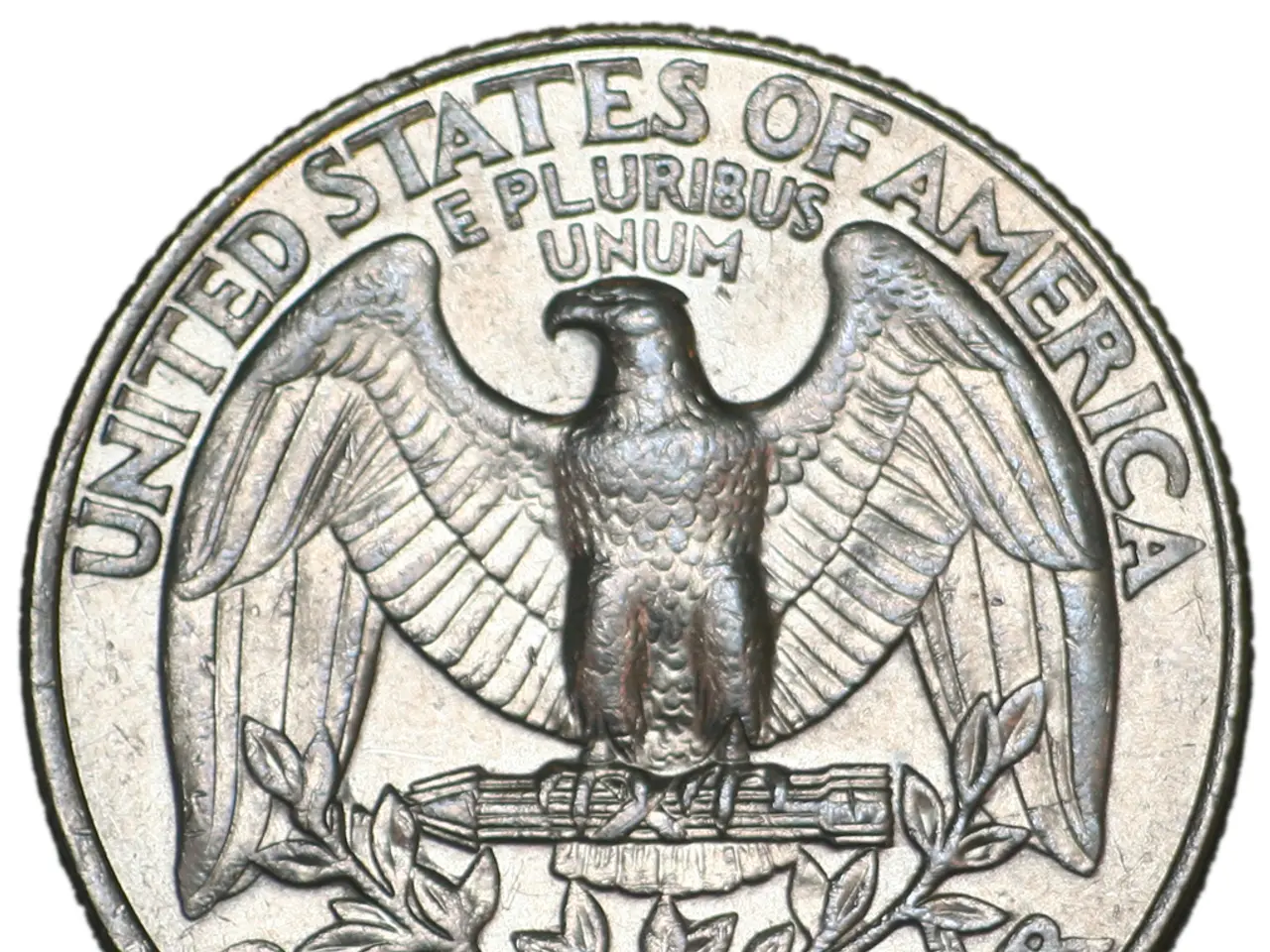Busting the New Money Transfer Restrictions in Russia: Your Essential Guide
Changes to money transfers in Russia: New regulations to take effect in May
Hey there! Wondering what's all the fuss about the upcoming changes in Russia's money transfer rules? Starting May 2025, you better get ready because things are about to shake up! From bank cards to account-free transfer systems, everyone's financial game will be affected. Let's cut the jargon and dive straight in.
Rapid Changes Awaiting Bank Card Users
Mark your calendar, May 1! That's when banks can limit your monthly card transfers to 100,000 rubles if they think your transactions look fishy. But fret not, this ain't a card block—just extra protection against potential fraud. And yep, you guessed it, even if you're squeaky clean, banks can still slap this limit on you.
So, what about setting your spending limits? Sure thing! You can control transfers, online game purchases, and cash withdrawals—smart budgeting, right?
Account-Free Transfers Get a Makeover Starting May 30
Now, let's talk about the simplified identification using a passport and full name, taking effect from May 30. Before, account-free transfers had no limit, but after this date, they'll be capped at 100,000 rubles (or the equivalent in foreign currency). Sounds familiar? That's because it's all about anti-money laundering regulations and keeping things on the up-and-up according to international standards.
Transfers below 15,000 rubles don't need identification, but for amounts between 15,000 and 100,000 rubles, simplified identification will suffice. Okay, it's not the full monty like opening a bank account, but it ain't the same as sending a postcard either. For transfers above 100,000 rubles, be prepared to give the full-blown ID treatment, like for a bank account.
Why the Fuss, Anyway?
The Russian State Duma has been blowing the trumpet about gaps in the financial system that facilitated money laundering and illegal capital flight[4]. The new measures aim to plug these loopholes, brighten things up, and make everyone's financials safe and transparent[4].
What's the Bottom Line?
Are you an ordinary citizen dealing with bank cards or account-free transfers? If so, get ready for changes in your financial dealings, especially those without a bank account. It's going to be a more organized and safe financial world, but it may also limit your financial flexibility[1][2].
[Sources]
- "RG".
- "The Diplomat".
- "TASS".
- "State Duma".
- In the financial industry, businesses such as banks and insurance companies will play a crucial role in implementing the new money transfer restrictions in Russia, ensuring compliance with anti-money laundering regulations.
- Regardless of whether you're a bank card user or someone relying on account-free transfers, it is essential to understand these changes in the Russian money transfer landscape, as they will significantly affect various aspects of personal and business finance.




